If you are the type of person who watches the news regularly, you would be forgiven for thinking that the world is in trouble. All across the globe, there are unprecedented droughts, flooding, heatwaves, severe storms, and more. This must be having some effect on bird populations, so are they increasing or decreasing?
Bird populations across the world are not increasing. A recent study from scientists at multiple institutions found that populations are decreasing in 48% of bird species. 39% of populations are stable and the status of 7% is unknown. Only 6% of species are showing population increases.
Those figures are disturbing and saddening beyond words. Continue reading to discover more facts and figures from this recent study published on May 5th, 2022 in the Annual Review of Environment and Resources. We will also discuss what is being done to halt the population decline of many species and what YOU can do to help.
Warning: this article contains images of dead, caged, or injured birds which may be distressing for younger or more sensitive readers.

Are Bird Populations Increasing? – Introduction
Birds are probably the most studied and inventoried class of organisms on the planet. This is due to them being found virtually anywhere on the Earth’s surface. From the frozen poles to the hottest deserts, there is barely a place you can go where you will not find a bird.
Because they are so widely studied, we can understand more about their populations and the effects environmental changes are having on them.

The Annual Review of Environment and Resources is a journal that has been in publication since 1976. According to annualreviews.org, it “provides authoritative reviews of significant topics within environmental science and engineering, including ecology and conservation science, water and energy resources, atmosphere, oceans, climate change, agriculture and living resources, and human dimensions of resource use and global change.”
The authors of this State of the World’s Birds study used data from the International Union for Conservation of Nature’s Red List to determine the population changes among the world’s 11,000 bird species.
The study was conducted by scientists from the following institutions:
- Manchester Metropolitan University.
- The Cornell Lab of Ornithology.
- BirdLife International.
- The University of Johannesburg.
- Pontifical Xavierian University.
- The Nature Conservation Foundation.

Learn how birds make eggs in this article here on my blog.
The Findings Of The State Of The World’s Birds Study
As mentioned earlier in this article, the study found that 48% of extant bird species globally (5,245) are known or suspected to be experiencing population declines.
39% of species (4,295) appear to have stable population numbers.
Only 6% (676) of species are experiencing population growth. I will discuss these later in the article.
7% of bird species (778) had unknown population trends due to insufficient data.

The best data regarding populations of common birds came from North America and Europe. In the Decline of the North American avifauna report, Rosenburg et al. outlined that 57% of North American species were exhibiting declining trends. This equates to a staggering net loss of around 3 billion birds since 1970.
In Europe, trends across 378 species showed an overall decrease in breeding birds of 17-19% between 1980 and 2017: a net loss of 560-620 million individual birds. Long-distance migratory species populations have declined more than 40% since 1970, and farmland species have diminished by 57% since 1980.

Some other examples of areas where bird numbers are declining are:
- United Kingdom – some woodland species are declining.
- Australia – farmland and woodland species have declined.
- Japan – farmland species such as the Brown Shrike and Yellow-breasted Bunting have majorly declined.
- South Africa – 50% of forest-dependent birds are experiencing range declines (population trends are lacking).
- Costa Rica – avian abundance has declined over the last 12 years.
- Amazonian areas – an abundance of forest interior species has declined over 35 years.
- India – of 146 species, 80% were found to be declining.

Discover all the reasons birds fly in circles in this article I’ve written.
What Is Causing Declines In Bird Populations?
The major factors contributing to the decline in bird populations are habitat loss, overexploitation, and climate change.
Habitat Loss
The human race continues to grow and spread across the planet. Even with the number of deaths due to the COVID-19 pandemic, the human population is still around 7.9 billion people. This means we constantly require more space for housing, infrastructure, and agriculture to feed the increasing population.
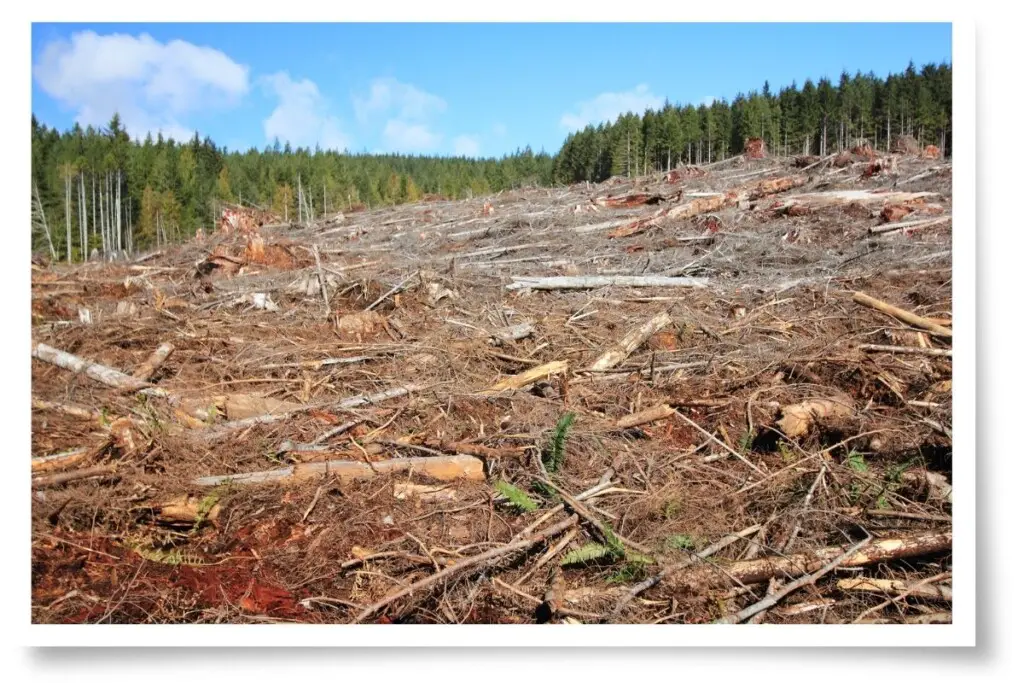
Global tree cover increased between 1982 and 2016 due to afforestation and people abandoning land in the Global North. However, land cover changes due to human activities have likely caused the reduction of bird populations by between ⅕ and ¼ since pre-agricultural times.
There are relatively few species that have been driven to extinction by land use alone. During the 20th and 21st centuries, however, this has become more of a contributing factor. 1213 globally threatened species are impacted by ecosystem conversion; 165 critically endangered species by land-use change; and several recent extinctions have been contributed solely to habitat loss.
Overexploitation
The human race has always been quite adept at exploiting nature and birds have not been spared.
We trap them, cage them as pets, shoot them, and even eat them. Generations before us did this carelessly and arrogantly but they had no idea of the consequences.

Discover all the reasons birds fear us in this article here on my site.
Now that we know how everything in the environment is linked and essential to our planet’s survival, you think we would have learned to treat birds with more respect. Unfortunately, we have not.
There are many reasons why birds may be hunted or trapped: for food, sport, trade, or human-wildlife conflicts where they might be causing harm to crops, etc.
It is estimated that 11–36 million birds are killed/taken illegally in the Mediterranean region alone, including 2 million in Italy.

Hunting affects bird populations in indirect ways also. Hunters disturb the environment while hunting, leading to reduced habitat quality, and affecting the way birds use the habitat. Birds also change their behavior when hunters are in the area and for days afterward, leading to a deficit of rest.
Another harmful by-product of hunting is the ingestion of lead shot by predatory birds. Over 55,000 birds have been lost to lead poisoning in Europe from eating prey killed with lead shot.
The wildlife trade continues to be hugely damaging to bird populations worldwide. Helmeted Hornbills, which are found across 3,570,000 km2 of South East Asia, are now classified as critically endangered due to demand for their casques in China.

According to a report by Scheffers et al. a staggering 45% of 10,278 bird species have been recorded in the wildlife trade.
Climate Change
We are only just beginning to notice the effects of climate change on bird populations. The ranges of certain birds have either contracted or expanded in response to changes in temperature and rainfall.
In the research article Migratory behavior and winter geography drive differential range shifts of eastern birds in response to recent climate change, Rushing et al. found that the ranges of resident birds in North America have expanded to the north and migratory bird ranges have contracted from the south.
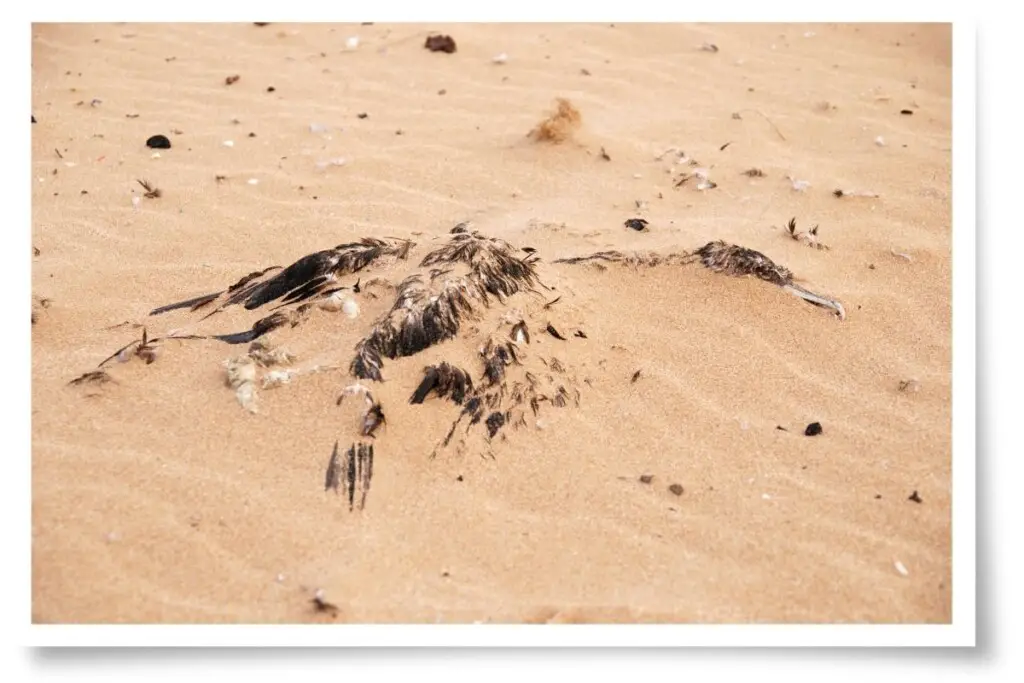
These range changes are not confined solely to North America. In Finland, 37% of species have been found to have expanded their ranges, and 35% have contracted their ranges.
It is anticipated that tropical bird species are going to suffer the most from climate change with their ranges diminished to very narrow areas. Hundreds of extinctions of tropical species are predicted by 2100.
The exact effects climate change will have on bird populations worldwide are not known. However, the outlook is not good.
Why Do We Need Birds?
Aside from appreciating their beauty, fascinating behavior, and melodic songs, we need birds for so many other reasons that are essential to our survival.

Birds are pollinators; they are seed-dispersers; they scavenge and prey upon other animals which helps to maintain biodiversity and sustainable agriculture through pest control.
As birds are so easily able to move around, they affect many different ecosystems in various parts of the world. As an example, the productivity of coral reef fish was shown to increase after rats were eradicated from the Chagos Archipelago, leading to an increase in seabird colonies.
Birds are of course important as a source of food, both via their meat and eggs. Their droppings are also used as fertilizer, again aiding in sustainable agriculture.
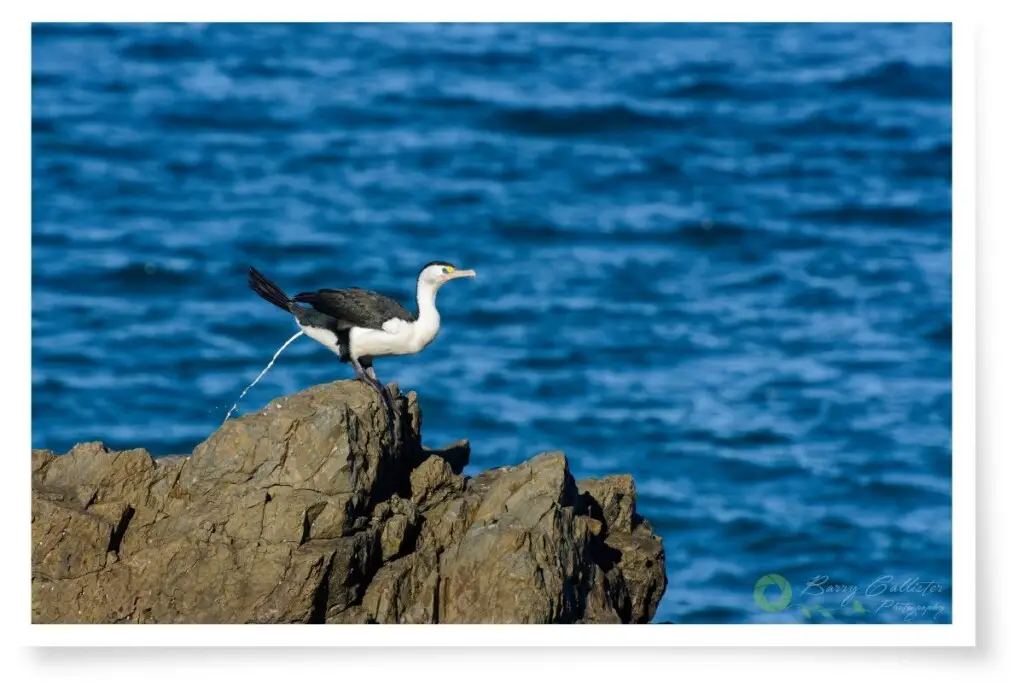
Around 45.7% of all extant bird species are used in some way by humans, either as pets (37%) or for food (14.2%). Birds also have significant cultural importance.
Birdwatching is a hobby enjoyed by millions of people worldwide, not to mention it is the reason for the existence of this website! In addition, the feeding of garden birds is extremely popular in the Global North, netting $5-6 billion per year and growing 4% annually.
Both of these activities also have negative impacts as habitats can be disturbed or destroyed, and feeding wild birds can lead to changes in natural feeding behaviors and other issues.
In addition to all of the above, birds are great teachers. We have copied their aerodynamics to achieve flight, studied woodpeckers’ impact absorption to create better helmets, and there is so much more they have yet to teach us.

If you need more reasons why we need birds, check out the 20 birds in this article.
Bird Populations That Are Increasing
It is not all doom and gloom. There are bird species whose populations are increasing despite the challenges put in front of them. A lot of these are urban species that have learned to live side-by-side with us such as pigeons but some are not.
The birds that seem to be doing well with the current climate and human impacts are wetland species. In North America and Europe, there has been a net gain in bird abundance of 13% since 1970. This is driven by a 56% increase in waterfowl populations during this period.

Ironically, this increase is due to wetland restoration and management for hunting! Proof that when done right, hunting can be sustainable. Not that I support hunting of any kind.
The Mute Swan, Canada Goose, and Mallard Duck are examples of species showing population growth in North America according to Birdlife International.
What Is Being Done?
With so many species dropping in numbers, what is being done to halt this and prevent mass extinctions? Can anything be done?

Site-based conservation is the most important action for 76% of threatened bird species. There have been extensive efforts over the past 4 decades to identify key locations for conserving bird species. The Birdlife International Partnership has identified over 13,000 Important Bird and Biodiversity Areas (IBAs) in over 200 countries and territories, as well as in the oceans.
These IBAs cover around 7% of land and about 2% of the global sea area. Over 4000 local conservation groups are involved in protecting the IBAs they live in and around. IBAs are not only key to wildlife survival but also contribute to the livelihoods and well-being of the local people.

There are additional sites called KBAs (Key Biodiversity Areas). These were developed by the International Union for Conservation of Nature (IUCN) in combination with Birdlife International and are the world’s most important sites in terrestrial, marine, and freshwater environments.
13 global organizations are now involved in the Key Biodiversity Areas Partnership. You can find out more about this on the Birdlife International website via this link.
Habitat restoration is key in lessening both the climate and biodiversity crises we are facing. Global-scale modeling has found that restoration of just 5% of converted lands could avert up to 60% of expected extinctions.
Some examples of positive things being done across the world are:

The Kirtland’s Warbler – experienced population growth from 200 to 2,300 pairs by 2019, following control of brood parasites, extensive forest management, and protection of winter habitat in the Bahamas.
Image by Jeff Rzepka from Getty Images.

The Yellow-eared Parrot – Native to Columbia. Intensive habitat protection and restoration, provision of artificial nest sites, and awareness campaigns resulted in significant population recovery.
Image by Félix Uribe on Flickr. Attribution-ShareAlike 2.0 Generic (CC BY-SA 2.0). Edited from the original.
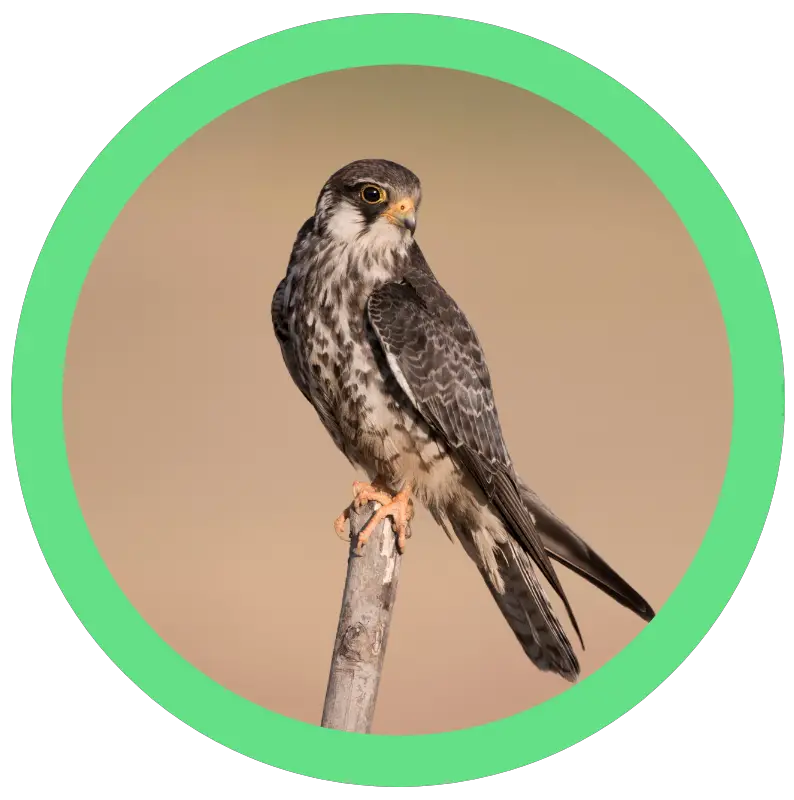
The Amur Falcon – Unsustainable hunting of over 100,000 falcons every year in Asia was halted by a community outreach program.
Image by jirapath09 from Getty Images.
There are many more success stories around the world of instances where bird populations are being saved from extinction. However, we still have a long way to go. What can you do to help? Find out in the next section…
How Can You Help Declining Bird Populations?
If you want to get involved with bird conservation, there are many things that you can do.
Educate
The first step to helping with bird conservation is education; specifically self-education. You must become hungry for information about the plights of birds around the world. The more you know, the more help you can be.
Some places where you can find information are:
- Email lists such as Birdwatching Magazines newsletter.
- the IUCN website
- the National Audubon Society
- Bird Conservation International
I could make the list much longer than this but those sites give you a head start.
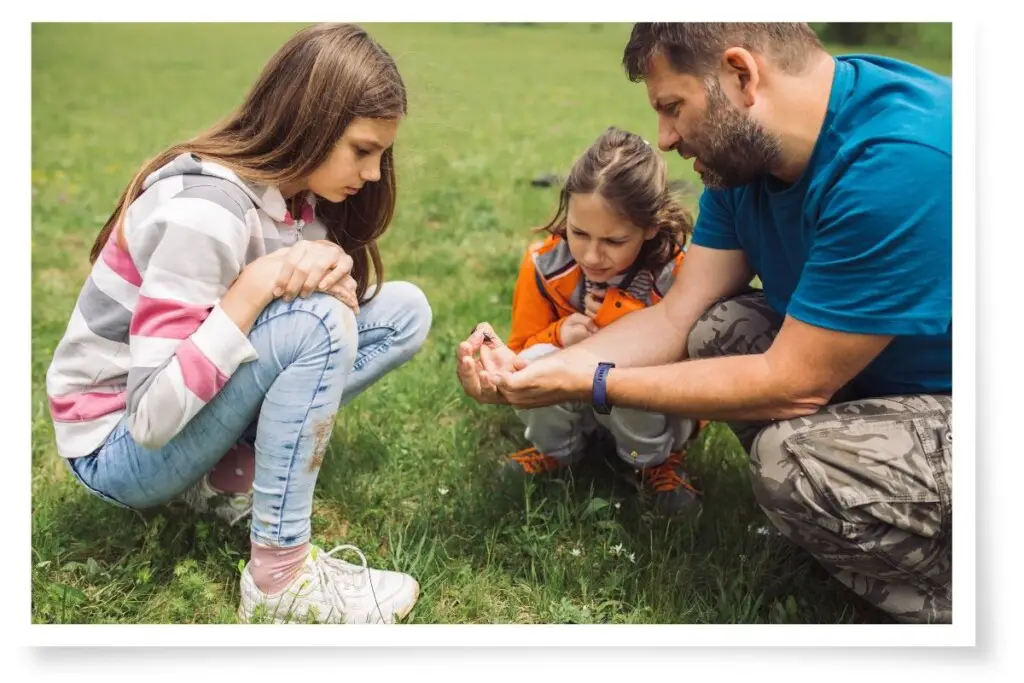
Education doesn’t stop with you either. If you have children, be sure to make them aware of the threats to our beautiful birdlife and teach them about bird conservation. This can extend to your family, friends, and work colleagues too.
Donate
Naturally, it will take large sums of money to implement the changes needed to protect birds around the world. You can donate to organizations that are actively helping to ensure their survival.
Some places you can help out financially are:
Again, this list could go on and on. Do your own research and even find local organizations that are doing good things for bird habitats or helping injured birds near where you live.

You can also become a member of any of the above organizations which also helps fund their efforts.
Record Your Bird Sightings
The more people across the planet that are looking out for birds, the better. You can help with the science by recording your bird sightings in various apps. These statistics are then used by scientists to figure out population numbers and where help or further investigation might be needed.

Probably the most widely used app for this is eBird. eBird is possibly the world’s largest biodiversity-related science project. More than 100 million bird sightings are recorded annually by users. The app is worldwide and free. Get it now for Android or iPhone.
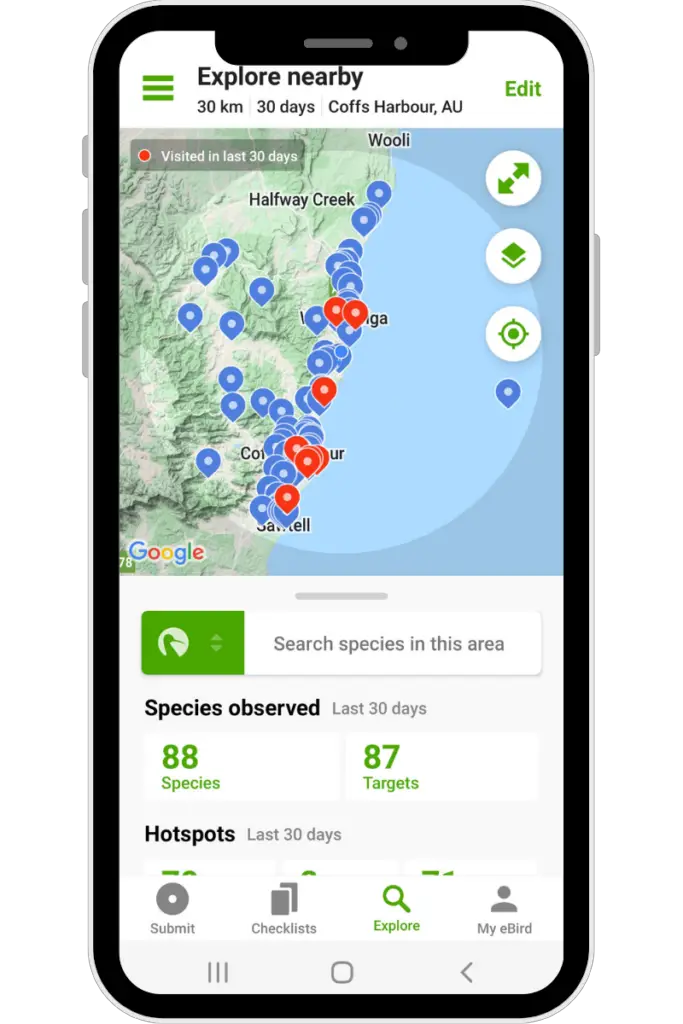
Conclusion
There are bird populations that are increasing. Unfortunately, there are not many of them. As you have read in this article though, it is not too late to turn this around and there are things that we can do.
We are all here on this planet together. Every animal and living thing on this earth is interconnected and we need to protect and care for all life in order to survive.

I cannot imagine a world without birds. Imagine not seeing them soaring gracefully across the sky. What would it be like to not glimpse their vivid colors amongst the green of the forest? Try to imagine the crushing silence created by the absence of their beautiful songs. These are things I cannot bear.
The more people we can convince that a world without birds is a world without hope, the better. Go and spread the word…
References
- State Of The World’s Birds Annual Review
- Decline of the North American avifauna
- Lead ammunition poisoning Europe’s birds of prey – James Ashworth for the Natural History Museum
- Migratory behavior and winter geography drive differential range shifts of eastern birds in response to recent climate change – PNAS
- IUCN Redlist
- World Population Data – Worldometer
